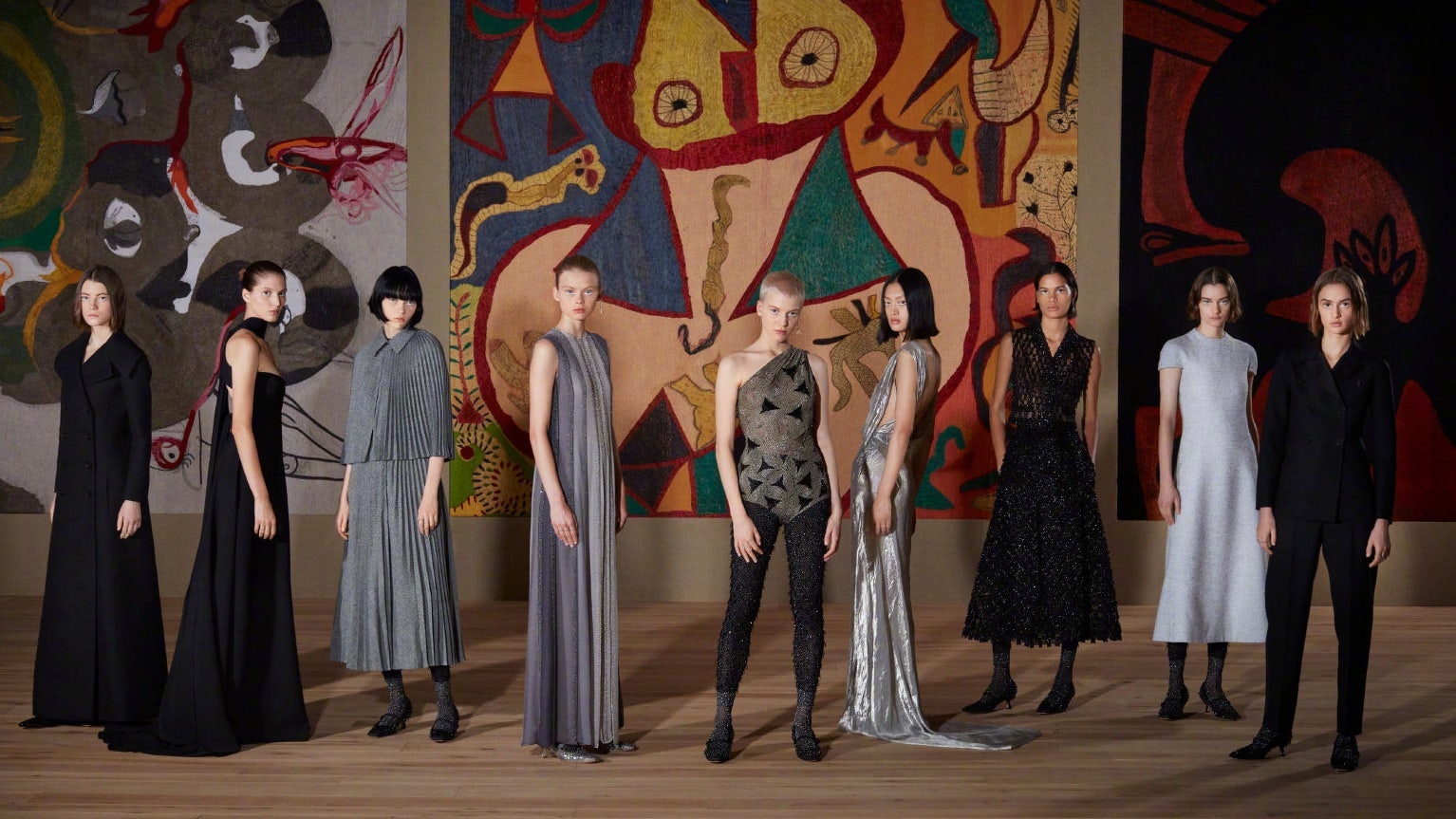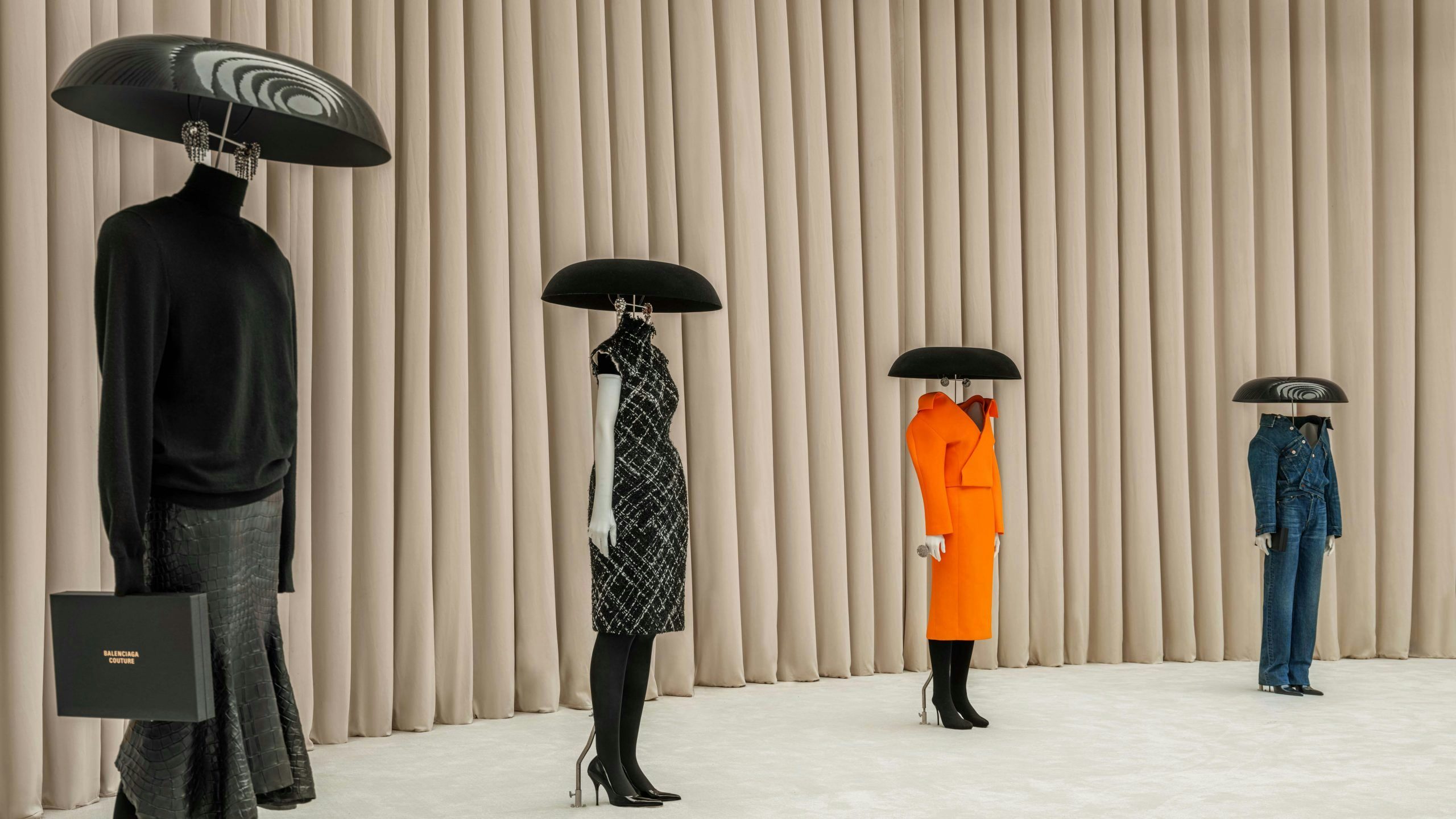Overview:#
The last number of years have seen global luxury brands developing new physical and digital approaches to present their haute couture collections in China. In 2019, Dior’s Spring Summer 2020 collection was livestreamed on Huawei PP and in 2020, its first digital haute couture show went live in China with a short movie by the Italian film director Matteo Garrone in July. Plus, coronavirus restrictions have resulted in a continued absence of Chinese representatives during European fashion shows, which has prompted brands to find new communication and localization strategies in the Chinese market. In 2021, Balenciaga presented 30 looks from its 50th Couture Collection and also offered viewings, fittings, and performances for press, clients, and VIPs.
What happened
One of the consequences of lockdowns is the creation of a new geographic map of luxury, where international attention is focused more and more on Asia, and specifically China. Data from Bain & Company confirms that in 2020, China was in fact the only country with a huge increase in sales in the luxury sector. Luxury sales between 2019 and 2020 increased by 48 percent — a total amount of 346 billion RMB (roughly 54 billion). This increase was motivated by the inability to travel due to the pandemic, allowing transactions to take place directly within national borders.
Now, almost two years later, Chinese consumers are even more willing to invest in luxury goods: “It is expected that, by 2025, 50 percent of revenues from global luxury goods consumption will be generated by Chinese consumers” Yuan Zou, Head of Luxury and Fashion at Hylink Europe, noted. “China will likely become the largest luxury market in the world, overtaking the USA, thanks to the exponential growth of the new middle class.”
Why it matters:#
With local couture brands growing in popularity in Asia, where does this leave European couture? According to Lisa Yu, Shanghai-based global brands expert, Chinese couture brands don’t perceive European counterparts as competitors.
“Some brands are real Chinese rising stars that are turning the couture universe into something more diverse,” Yu told Jing Daily. “There are in fact more options to choose from and, along with those reflecting European taste, Chinese consumers can now opt for couture brands that have Chinese culture and Chinese sewing techniques at their core.” According to Yu, the future of couture in China lies in what luxury consumers really want for themselves — and where they are willing to invest their money.
At the same time, Lisa Yu underlines the importance of the digital strategies that, after testing right during the pandemic, are now worth pursuing: “All couture shows are now run online in order not to be exclusive anymore. Also, they go live at Chinese local time to let people be involved.”
The bottom line:#
Despite the increasing local interest in Chinese couture from Grace Chen, Atelier by Fang, Yiqing Yin and, of course, Guo Pei, global luxury brands will need to keep their conversations in China alive as the country gets wealthier. With one third of rich Asians hailing from China, it is clear that global brands will keep localizing their strategies and bringing couture experiences straight to Chinese cities.

